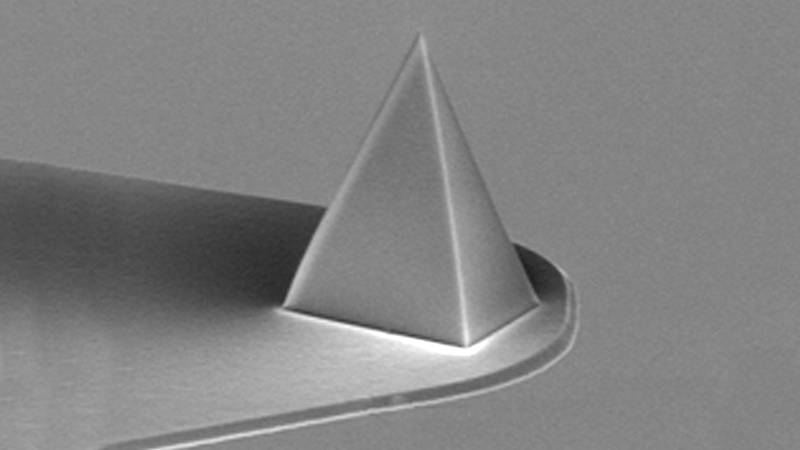In Operando Surface Electrochemical Potential Measurement of BiVO4/CoPi Photoanodes
ACS Energy Lett., 2018, 3 (9), pp 2286–2291
Hydrogen production through solar water splitting is an attractive solution to today’s energy and climate concerns related to fossil-fuel consumption. Solar water splitting entails a light-induced multi-electron photoelectrochemical (PEC) process, e.g. two electrons for proton reduction and four for water oxidation, and requires a semiconducting light absorber decorated with a surface catalyst. That catalyst has been proposed to act as a catalytic charge accumulation center, a modifier of the semiconductor/liquid energetics, or both. Disentangling the interfacial thermodynamics is invaluable for devising robust, efficient, and economic fuel-generators [Nat. Energy, 2017, 3, 655].
For this purpose, the authors have recently developed a novel approach that measures the spatially resolved surface electrochemical potential in-operando, that is, during PEC operation with illumination, applied bias, and fuel forming in an electrolyte system [Nat. Energy, 2017,3, 46]. The measurement is enabled by an insulated AFM nanoelectrode tip [Nanotech., 2017, 28, 095711] that makes a nano-contact to the pinpointed catalyst nanoparticle. The authors apply their technique to the BiVO4 photoanodes decorated with cobalt(oxy)hydroxide phosphate (CoPi). CoPi has been well-known to enhance the water-splitting performance while the mechanism remains unclear.
Through their in-operando potential-sensing technique, the authors find that CoPi is charged to a potential necessary to drive water oxidation at a rate consistent with the measured photocurrent, and they conclude that CoPi drives water oxidation by acting as a hole collector.

